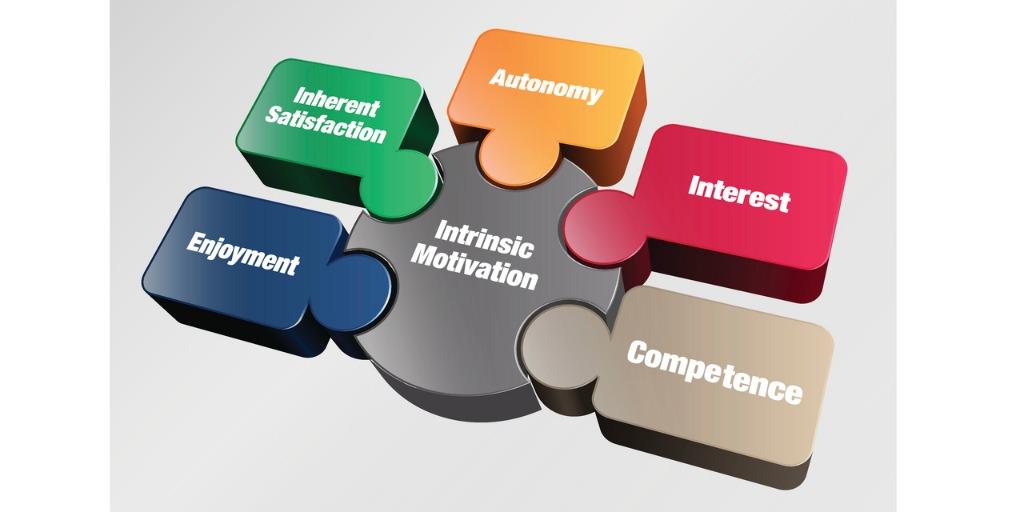Staff Leadership Book Pick of the Month: Drive

Each month, the Lead Read Today team offers a review of a leadership book that is both helpful and trustworthy, and includes concepts that have been proven by leadership research.
“You can motivate by fear. And you can motivate by reward. But both of these methods are only temporary. The only lasting thing is self-motivation.”
— Homer Rice, Georgia Tech athletic director from 1980-1997
Have you ever been so engrossed in something at work that you didn’t even notice that someone has come over to remind you that your presence is required in a meeting? You look at the clock and realize that you have been working on the task for over two hours. Oops.
This is what Daniel Pink calls “flow” in the book Drive: The Surviving Truth of What Motivates Us [1].
Pink describes flow as a time when you are so engrossed in something that all sense of time, place, and even self melt away and you get lost in what you are doing. This is the whole premise of the book: helping you find your flow and what intrinsically motivates you. Pink goes into an in-depth analysis of what extrinsic and intrinsic motivations are, the history of motivation, and the benefits and detriments of both types of motivations. At the end of the book, there are toolkits that suggest how to motivate in business, schools and your own personal life.
There are three main takeaways I drew from the book. First, that the “carrot and stick” approach to motivation that still is happening in business and schools belongs in the 1950s. For example, many companies offer their sales representatives prize incentives for meeting certain first-quarter sales quotas. In fact, Pink suggests that extrinsic motivation can be harmful when dealing with tasks that have a creative element.
He discussed a study by Edward Deci in which some students were paid to solve a Soma Puzzle Cube while others were not. The students who were paid had a short-term boost to their performance. However, the effect wore off, and they lost interest. Deci concluded that extrinsic rewards were harmful to long-term motivation. Pink feels that we should move on from extrinsic rewards such as bonuses at work or stickers and candy at school — especially with tasks that require creativity and will take an extended time to complete.
The second takeaway is the three motivational factors that should drive us: autonomy, mastery, and purpose. Autonomy is the desire to direct our own lives. We want to have choices in what we do. Having a choice allows us to be more interested in the task. Mastery is the goal to get better and better at something that matters. Athletes seek mastery of their sport or position in a sport. They are constantly practicing and learning to improve their abilities. Purpose is a desire to do something we do in the service of something larger than ourselves. Many people want to help and support others in the world who have less than what we have. So they give of their own time to join an organization that supports the impoverished in the area. If we have one of these three factors of intrinsic motivation, then we will find ourselves in flow a lot more.
The final takeaway is the Type I Tool Kits in the last chapters of the book. These toolkits give us suggestions, steps and activities on how to find flow at work, school and in our daily lives, and they are a great way to start finding flow more often.
One thing is clear after reading this book: there is an apparent disconnect between what research and science have to say about motivation, and what is practiced in the real world, especially in business and school.
To learn more about this concept of Drive, click the link to watch a video.
References:
Pink, D. H. (2009). Drive: The surprising truth about what motivates us.